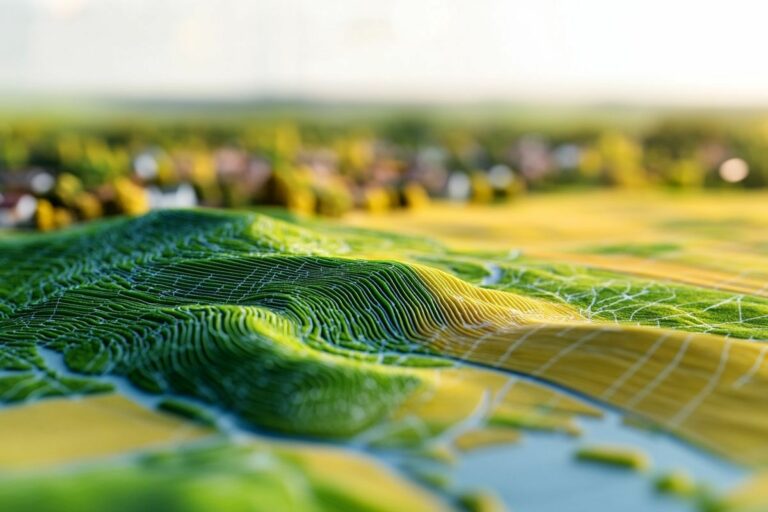Solar energy is at the heart of the energy transition. With the global growth of solar panel installations, the importance of accurately estimating photovoltaic production is becoming crucial. PVGis (Photovoltaic Geographical Information System) is an essential tool for professionals in the sector. More than just software, it offers a comprehensive database to simulate and optimize solar electricity production. Energy experts, this article guides you through the features, application, and benefits of this powerful tool, so you can maximize the performance of your photovoltaic systems.

PVGis: A revolutionary tool for solar experts
PVGis is recognized worldwide as a benchmark for solar potential assessment. Its strength lies in the use of precise geographic and meteorological data to provide solar energy production estimates. As experts, you understand the importance of an accurate diagnosis for your solar projects. PVGis offers you:
- Reliable climate data: Thanks to a database enriched by years of observations, PVGis integrates information on solar radiation, ambient temperature, and other essential climate variables. This data makes it possible to accurately simulate electricity production at a given site.
- An intuitive interface: Even seasoned experts will appreciate the simplicity of the user interface. The tool allows you to quickly enter your project parameters, such as panel tilt and orientation, for immediate results.
- Adjustable estimation: With PVGis, adapt your predictions to local conditions by adjusting technical parameters, such as efficiency losses linked to solar cell degradation or system failures.
In summary, PVGIS positions itself as essential software for any professional wishing to optimize their photovoltaic installation strategies. It is a vector of innovation that propels the sector towards a more sustainable future.
Optimization and prediction: The key features of PVGIS
Optimizing the production of a photovoltaic system requires a thorough understanding of the data provided by PVGIS. Here’s how the tool stands out in the field of solar energy :
- Customized simulations: PVGis offers customized estimates thanks to the ability to enter site-specific data, such as latitude and longitude. This customization ensures optimal production adapted to local conditions.
- Efficiency Calculations: It allows you to study the impact of panel tilt and orientation on efficiency. You can test different configurations to determine the best possible layout.
- Baseline Analysis: The tool provides a baseline to compare different photovoltaic technologies and assess their relative performance. This allows professionals to choose the most suitable technologies for their project.
Using PVGIS, solar experts can make informed decisions that maximize the use of solar resources and minimize operational costs. This software is proving to be an indispensable ally in planning and executing large-scale solar installation projects.
From Estimate to Installation: A Practical Guide to Better Use of PVGIS
From the estimation phase to the final installation, the use of PVGIS extends to several key stages of a photovoltaic project. Here’s how to integrate this tool into your professional practices:
- Preliminary studies: Before installing solar panels, use PVGIS to conduct a feasibility study. Simulate annual production and identify potential obstacles, such as seasonal shading.
- Technical Optimization: By adjusting the tool’s settings, you can optimize solar systems to maximize their efficiency. Change the tilt of the panels and compare the results to achieve optimal performance.
- Post-installation monitoring: After installation, continue to use PVGis to monitor and compare actual performance to your initial predictions. Identify deviations and adjust systems accordingly.
In conclusion, PVGis is not limited to estimation. Its role within a solar project is transversal, ranging from planning to continuous optimization. It is a tool that fits perfectly into the life cycle of a photovoltaic project, guaranteeing convincing results. Optimizing photovoltaic production requires state-of-the-art tools. PVGis stands out for its ability to provide accurate and relevant data, essential for experts in the solar sector.
By integrating PVGIS into your arsenal of tools, you guarantee the success of your photovoltaic installation projects. This tool does more than just provide you with estimates; it supports you in the continuous improvement of your solar systems. Its strategic use will allow you to transform energy challenges into opportunities for innovation.
Don’t wait any longer to adopt PVGIS and take a giant step towards optimizing and making your solar energy projects more sustainable.
